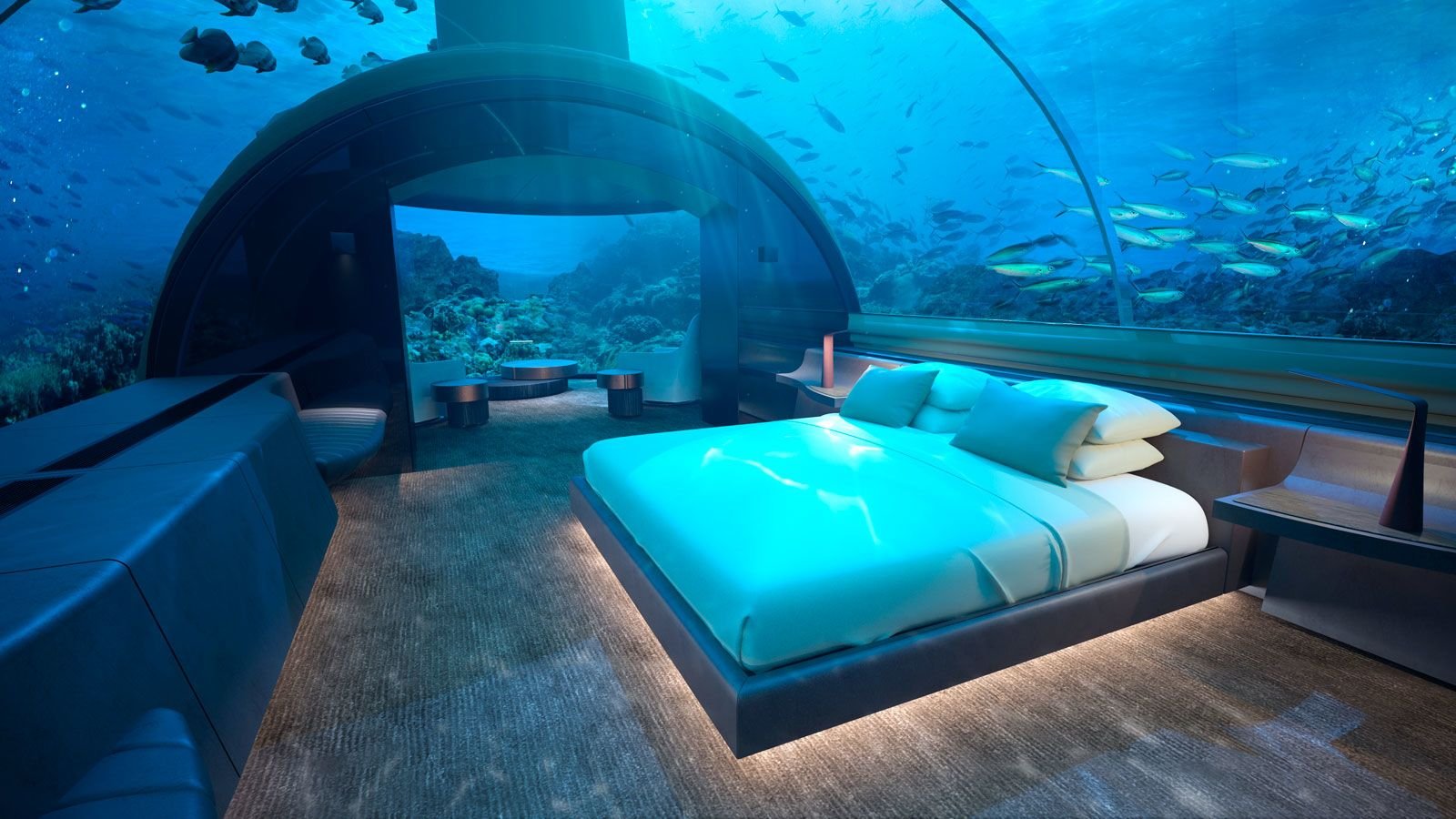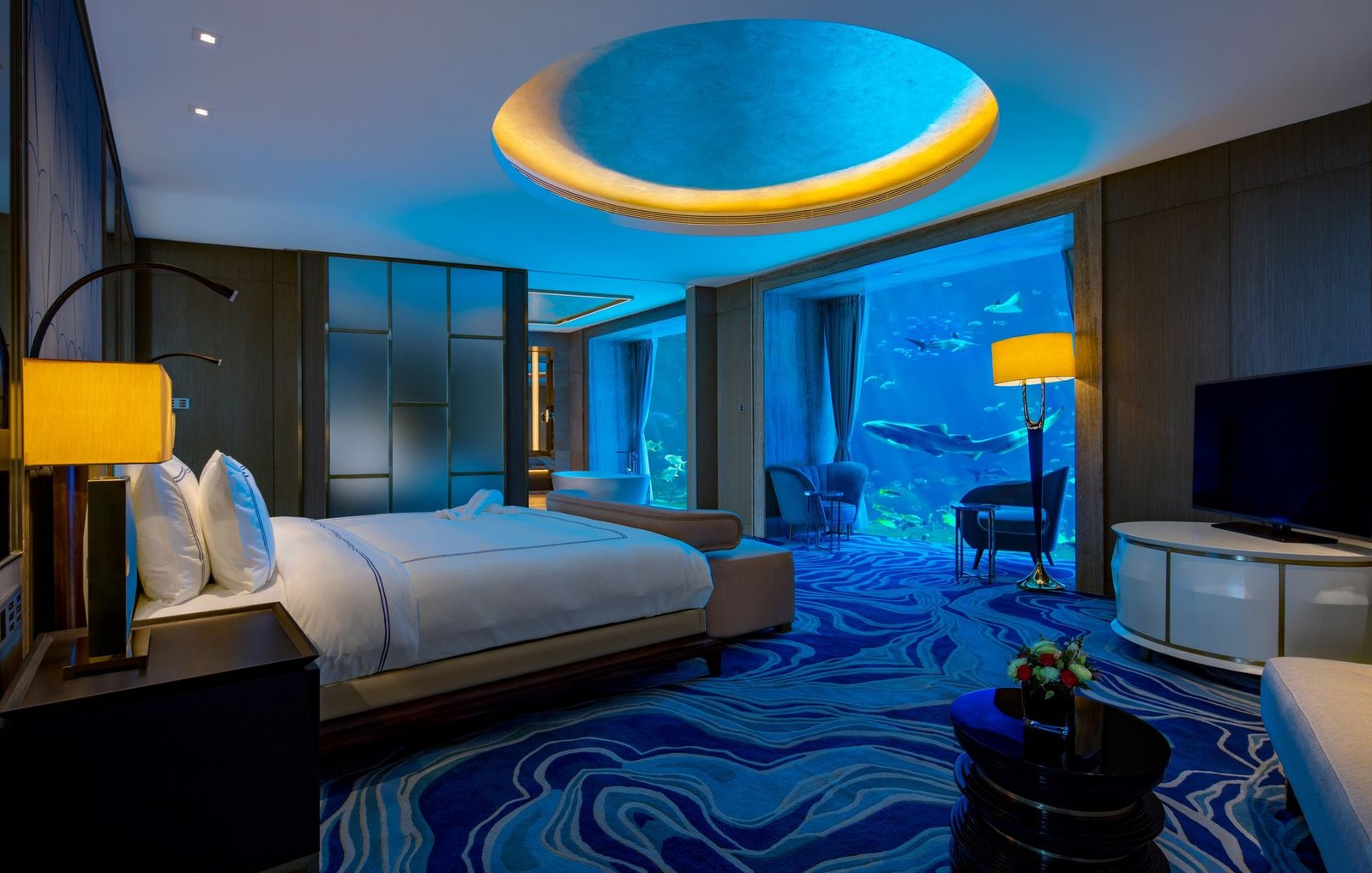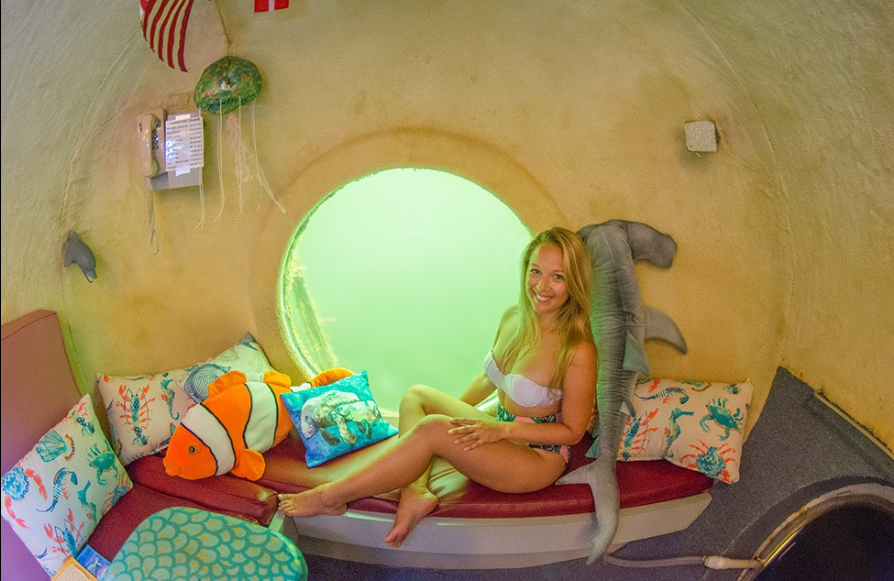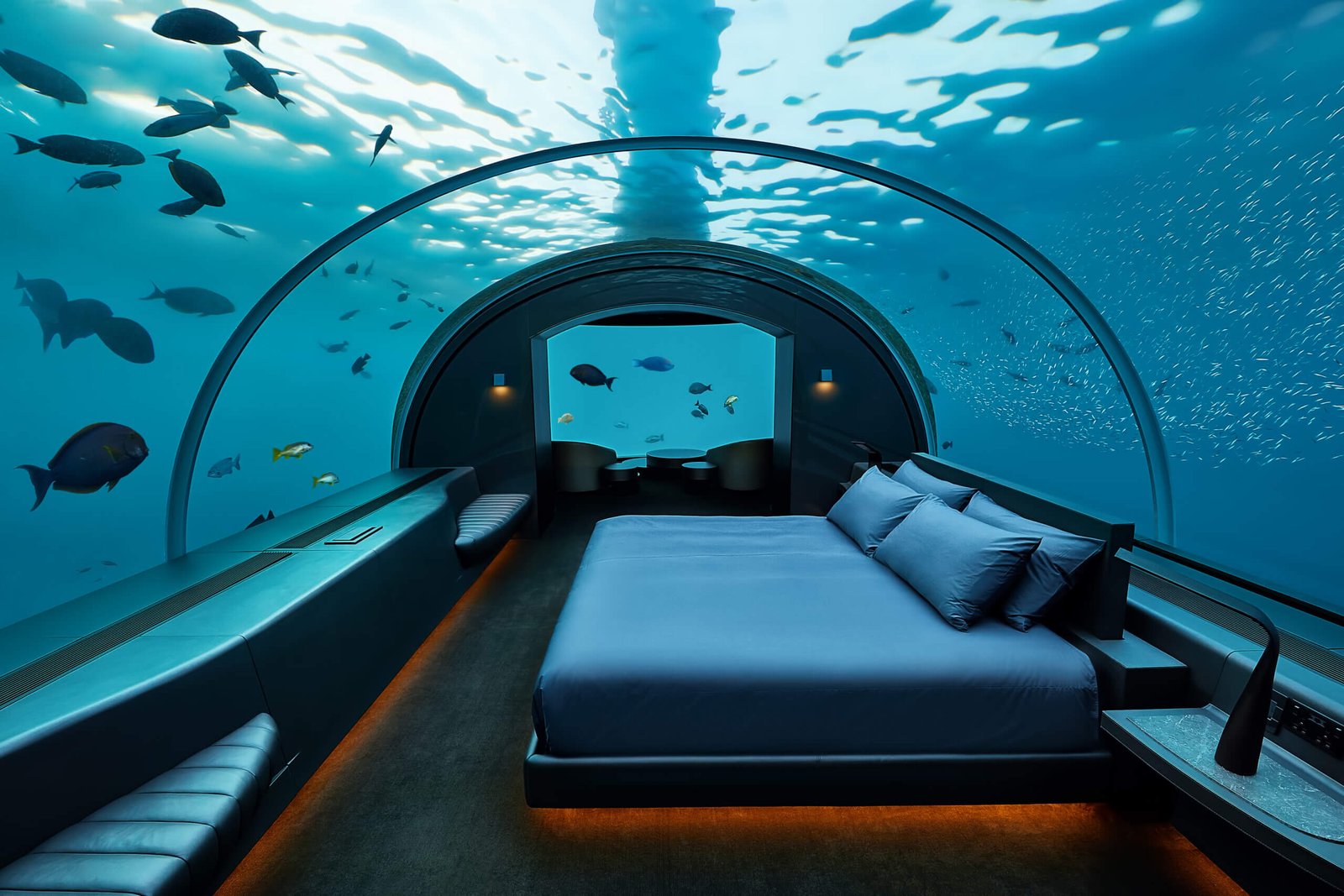In the ever-evolving landscape of luxury travel, a fascinating niche has emerged: underwater hotels. These aquatic marvels offer guests an unparalleled experience, allowing them to sleep surrounded by marine life and immersed in the depths of the ocean. In this article, we’ll explore the allure, engineering feats, and environmental considerations associated with underwater hotels.
Evolution of Underwater Hotels
The concept of underwater accommodations has a rich history, dating back to early visionary designs. However, it wasn’t until recent decades that fully-realized underwater hotels became a reality. Pioneering projects paved the way, pushing the boundaries of architecture and engineering. Let’s delve into the journey from concept to construction.
- Early Concepts and Designs:
- Architects and dreamers have long envisioned underwater hotels. Early sketches depicted transparent domes submerged beneath the waves, offering guests breathtaking views of the ocean floor.
- Jacques Cousteau’s underwater habitats in the 1960s sparked interest in underwater living, inspiring subsequent developments.
- Key Developments:
- The Hydropolis project, conceived in the early 2000s, aimed to create an entire underwater city off the coast of Dubai. Although it remains unrealized, it fueled interest in the field.
- The Conrad Maldives Rangali Island, completed in 2005, was a game-changer. Its underwater restaurant, Ithaa, set the stage for future underwater hotel experiences.
Architecture and Engineering
Building underwater structures presents unique challenges. Architects and engineers must consider factors such as pressure, materials, and environmental impact. Here’s a glimpse into their world:
- Pressure and Material Selection:
- Water exerts immense pressure at greater depths. Architects choose materials like reinforced glass and acrylic to withstand this force while providing unobstructed views.
- The Muraka, part of the Conrad Maldives Rangali Island, features an underwater bedroom with a curved acrylic wall, allowing guests to wake up surrounded by fish.
- Construction Techniques:
- Modular construction is common. Components are prefabricated on land and then submerged and assembled underwater.
- Floating hotels, like The Floating Seahorse in Dubai, combine underwater rooms with above-water decks.
- Innovative Technologies:
- Smart sensors monitor structural integrity, water quality, and marine life interactions.
- Energy-efficient systems minimize the environmental footprint.
Featured Underwater Hotels
Let’s explore some remarkable underwater hotels around the world:
1.Conrad Maldives Rangali Island:
-
- Ithaa, the underwater restaurant, offers 180-degree views of the coral reef.
- The Muraka boasts an underwater suite with a private pool and living area.

2.Atlantis The Palm, Dubai:
-
- The Lost Chambers Aquarium allows guests to sleep next to marine exhibits.
- The Neptune Suite offers floor-to-ceiling views of the Ambassador Lagoon.

3.The Poseidon Undersea Resort (Concept):
-
- Although not operational, this proposed resort promises luxury suites submerged beneath crystal-clear waters.

Guest Experience
Staying at an underwater hotel is a surreal adventure:
- Room Features:
- Bedrooms with panoramic windows provide intimate encounters with marine life.
- Mood lighting enhances the underwater ambiance.
- Activities and Experiences:
- Submarine tours reveal hidden treasures of the ocean.
- Scuba diving excursions allow guests to explore nearby reefs.
- Underwater dining offers a gastronomic journey like no other.
Environmental Impact and Conservation Efforts
While underwater hotels captivate our imagination, they must also consider their ecological impact. Sustainable practices, coral restoration, and marine education initiatives are crucial to preserving these fragile ecosystems.
In conclusion, underwater hotels combine luxury, innovation, and environmental responsibility. As we continue to explore the depths, let’s ensure that our aquatic adventures leave a positive legacy for generations to come.


